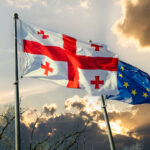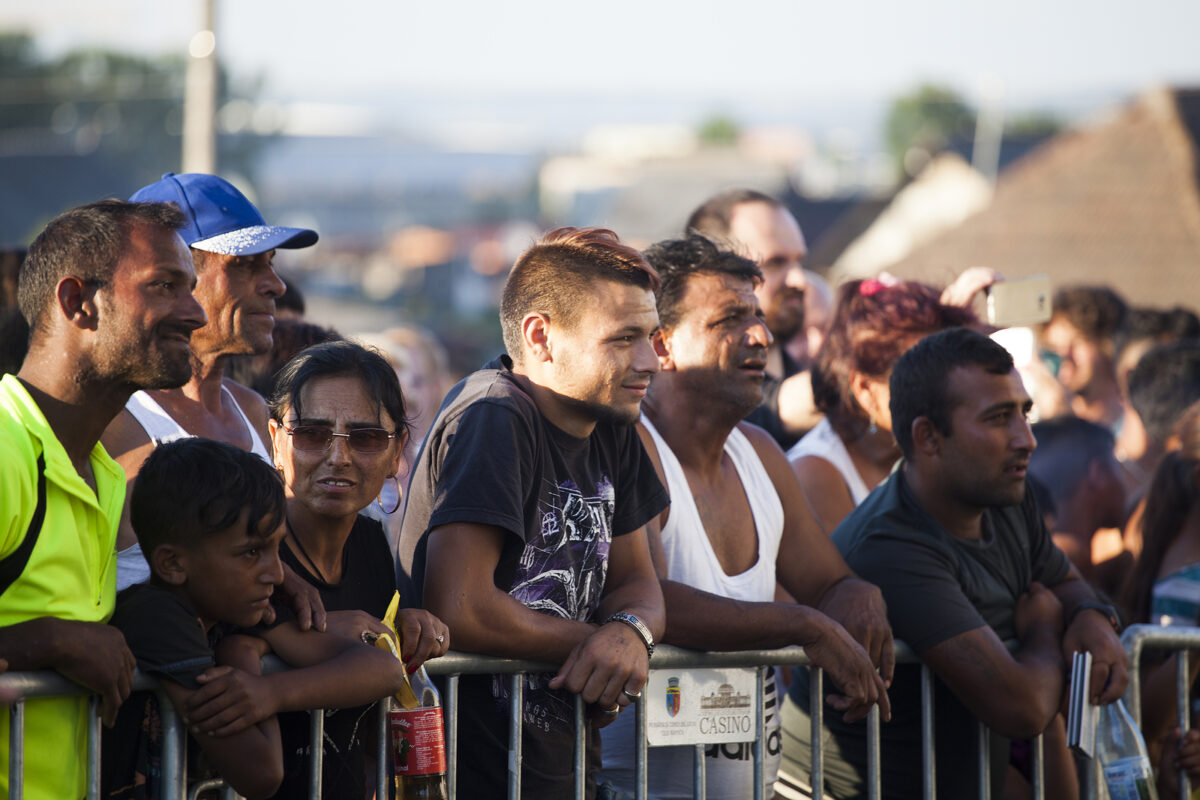It’s a dual challenge facing many of the countries of emerging Europe: an ageing population and outward migration. Across the region, economies are feeling the squeeze as workers leave in droves for better opportunities in the West, causing local labour markets to shrink, eroding tax bases and placing pension systems under severe strain.
This demographic crisis threatens long-term growth, undermining productivity and innovation while increasing the pressure on social services. To stay competitive, these countries usually face a tough balancing act: attract foreign investment, retain talent, and reform outdated welfare systems before the ticking demographic time bomb explodes.
Now, however, a report has suggested that investment in the training of young Roma for deficit jobs could help some countries overcome the dual challenges of an ageing workforce and youth emigration.
Such an approach would not only help solve the region’s workforce problems but also lift the Roma from dehumanising poverty levels.
The report—Boosting the Western Balkans’ Growth, published by the Roma Foundation for Europe—notes that the working-age cohort (ages 15–64) continues to dwindle in most Western Balkan countries, mainly driven by ageing and emigration.
The latter has long been a feature of the Western Balkans, but it has surged by 10 per cent over the past decade, particularly among young people. The Organisation for Economic Co-operation and Development (OECD) estimates that one-fifth of the Western Balkans population lives abroad, most of them—more than 1.16 million—in the EU.
This creates acute shortages in the labour markets. Serbia, for example, is expected to lose over 40 per cent of its workers by 2050, while other countries in the region will lose between 20 per cent and 25 per cent.
“Current data suggest that shortages of all skill levels will continue to grow in the Balkans, but our report finds that low-and medium-skilled jobs provide the most opportunities for short-term interventions. This is the gap that can partly be filled by Roma youth,” says Željko Jovanović, president of the Roma Foundation for Europe.
A large share of those entering the labour market in the Western Balkans are Roma, the region’s youngest and fastest-growing demographic group—and their numbers will only continue to grow. For example, between 14 per cent and 29 per cent of all new labour market entrants in Serbia will be Roma by 2035.
“Investing in the Roma population is economically smart, especially if focused on deficit occupations. Unskilled workers such as Roma youth, especially those not in education, employment or training, can quickly acquire the skills needed to fill some existing gaps,” adds Jovanović.
Three-month training programmes to equip Roma youth with the necessary skills for these deficit occupations—like welders, bus drivers, plant operators, truck drivers, receptionists, waiters and cooks—give a return of investment within three years and address both employment needs and skill shortages simultaneously.
For instance, a European Commission–funded initiative in Tivat, Montenegro, achieved a 100 per cent success rate in employing Roma chambermaids, showcasing the effectiveness of tailored vocational training.
Similarly, a model initiative in Albania focused on training Roma as solar panel installers demonstrated a return on investment in just 2.4 years, underlining the economic viability of such programmes.
Challenging stereotypes
The report also challenges the stereotype that Roma do not want to work.
“Our poll reveals a very different reality: securing employment is the top priority for Roma in the region,” says Jovanović.
“When asked what they would change in their lives, a large majority focused on economic empowerment. Only a small fraction of respondents, less than five per cent regionally, chose emigration.
“This may be the clearest sign yet that a more inclusive labour market is overdue—and it holds opportunities for everyone involved.”
Ample funding opportunities available
The report identifies multiple ways to fund these training programmes for deficit jobs. The European Union’s Reform and Growth Facility for the Western Balkans provides two billion euros in grants and four billion euros in concessional loans to accelerate economic growth and inclusivity in the region.
These funds, coupled with a significant decrease in the region’s current account deficit, have opened a new window of opportunity for investment in training programmes for Roma. (The deficit shrank from 6.7 per cent of GDP in 2022 to 2.8 per cent in 2023, the lowest level in the last 16 years.)
“Investment in the Roma is not only urgently needed but is also one of the most economically viable ways to respond to the current labour market crisis,” says Jovanović.
With proper investment, the Roma population can significantly contribute to solving the labour crisis and boosting the region’s economies, with projected gains in Serbia alone ranging from 314 million euros to 1.28 billion euros per year.
Opportunities to make this a reality are there, the report suggests. Funding is available, public support among Roma and non-Roma is strong, and Roma-led expert organisations can lead the way.
A poll conducted in 2020 and 2021 showed that, on average, three out of four citizens in the region supported government allocations for Roma employment initiatives.
“What is missing,” Jovanović concludes, “is recognition of this potential and a readiness to act among public authorities and the business sector.”







